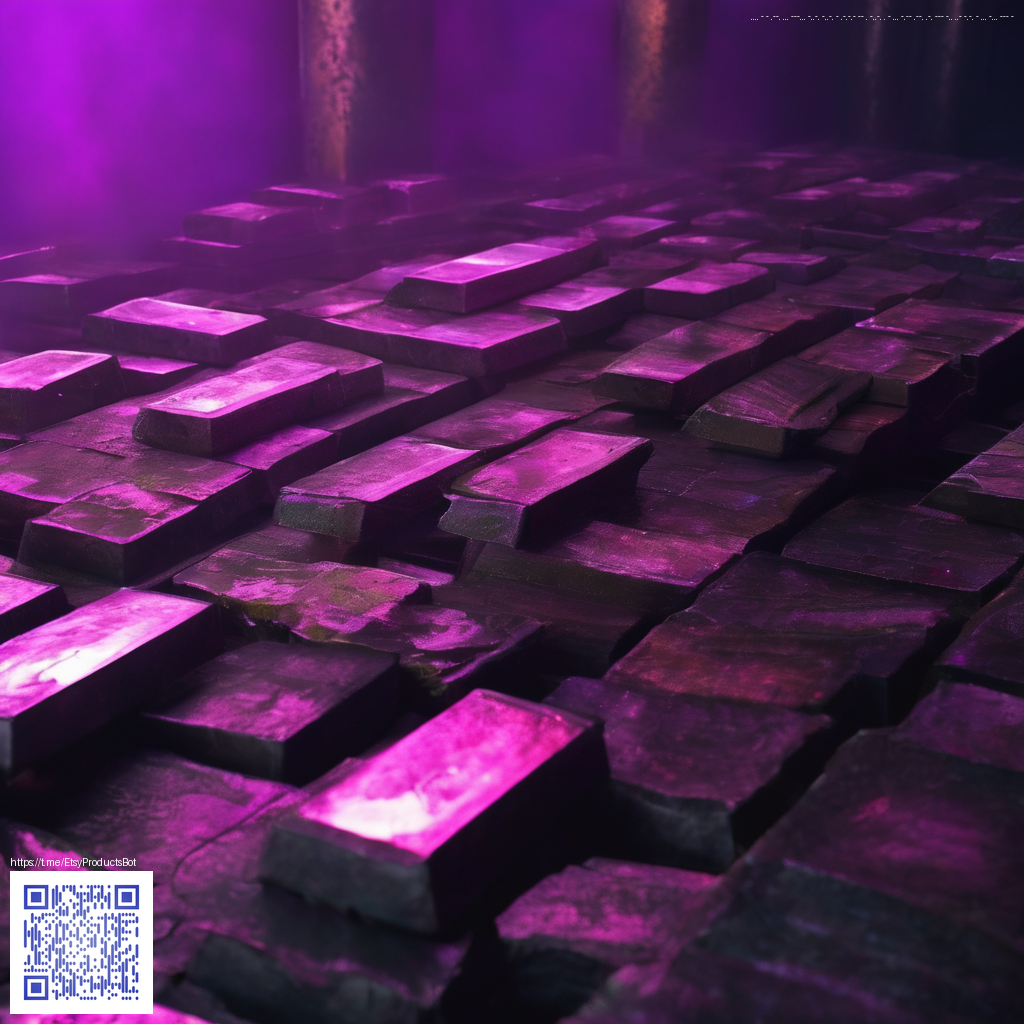
Unleashing Code-Driven Modding in Minecraft
Modding Minecraft isn’t about chasing feature parity with a dozen add-ons. It’s an exercise in practical programming, systems thinking, and iterative design. When you build mods that respond to a game’s events, you’re learning how software interacts with a dynamic world—how data flows, how states change, and how to keep code clean as your project grows. This guide walks you through a hands-on approach to creating your own mods with a focus on code-driven creativity, not just cosmetics.
Why a code-first mindset matters
At its core, modding is a small software project embedded inside a much larger game. By starting with code, you learn how to structure logic, manage dependencies, and test changes without breaking core gameplay. You’ll discover that the most compelling mods come from solving real player pain points—whether that’s automating resource gathering, introducing new mechanics, or tweaking balance. The goal is to turn ideas into repeatable patterns that you can reuse across projects.
Setting up a developer-ready workspace
To get going, assemble a dependable toolchain. A modern Java Development Kit (JDK) paired with a capable integrated development environment (IDE) makes it easier to navigate complex APIs. For many builders, Forge or Fabric provides the modding framework and a suite of hooks you’ll rely on day-to-day. Start with a simple project skeleton, then progressively register your own blocks, items, and mechanics.
- Install JDK 17+ and your preferred IDE (IntelliJ IDEA or Eclipse work well).
- Choose Forge or Fabric as your modding backend and generate a clean project.
- Create a modular structure: separate registries, config, and gameplay logic.
- Iterate with small, testable features—start with a single custom block and a basic event handler.
From concept to a tangible mod
Begin with a concrete, small feature, then scale. For example, a glowing ore block that appears only at night can teach you about block registration, worldgen, and client-side textures. As you build, keep documentation handy and version control your code so you can revert changes gracefully. A practical workflow often looks like this: plan a feature, implement the backend logic, create or modify textures and data files, run a local test world, and iterate based on feedback.
“Modding is a marathon of small, deliberate steps. Start with a single, visible feature, then layer in depth as your confidence grows.”
Practical tips you can apply today
- Keep your registries organized—group related items and blocks, and name them consistently.
- Encapsulate behavior in reusable components rather than one-off code blocks.
- Document decisions in inline comments and a lightweight README to help future you.
- Test frequently in a controlled environment to catch compatibility issues early.
- Learn from the community: reading other mods can reveal common patterns and best practices.
As you deepen your craft, you may want a reliable partner in your on-the-go gear. If you’re keeping a notebook or coding snippets handy while testing ideas, consider a durable, stylish companion such as the Blue Abstract Dot Pattern Tough Phone Case. It blends resilience with a design that won’t distract you during long modding sessions. For broader context on related projects and discussions, you can explore resources linked from this page as a helpful node in the community network.
Learning path and next steps
Begin by outlining a small feature—perhaps a new tool that automates basic resource gathering—and map the required data model and events. Then expand to a companion UI (like a simple in-game tooltip) and a configuration option that lets players tailor behavior. Over time, you’ll accumulate a library of modular components: a registry helper, a data-driven block, and a rendering utility for custom textures. That modding toolkit becomes a platform you can reuse across multiple projects, accelerating your learning curve while keeping the process enjoyable.
Remember that real progress comes from consistent practice, thoughtful design, and clear goals. The code you write for Minecraft modding isn’t just for a game—it’s hands-on experience in software development that translates to broader challenges, from game design to data-driven applications.